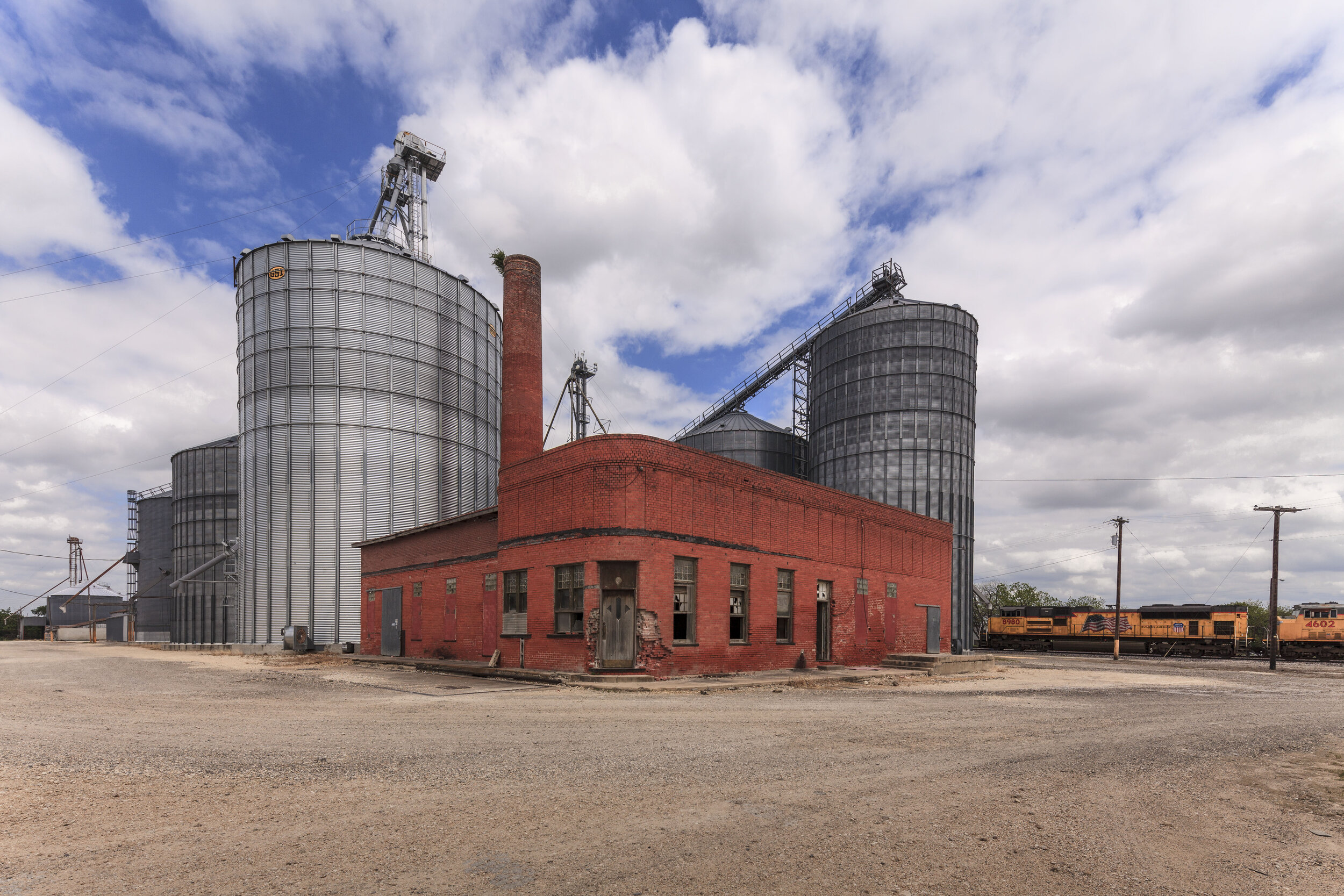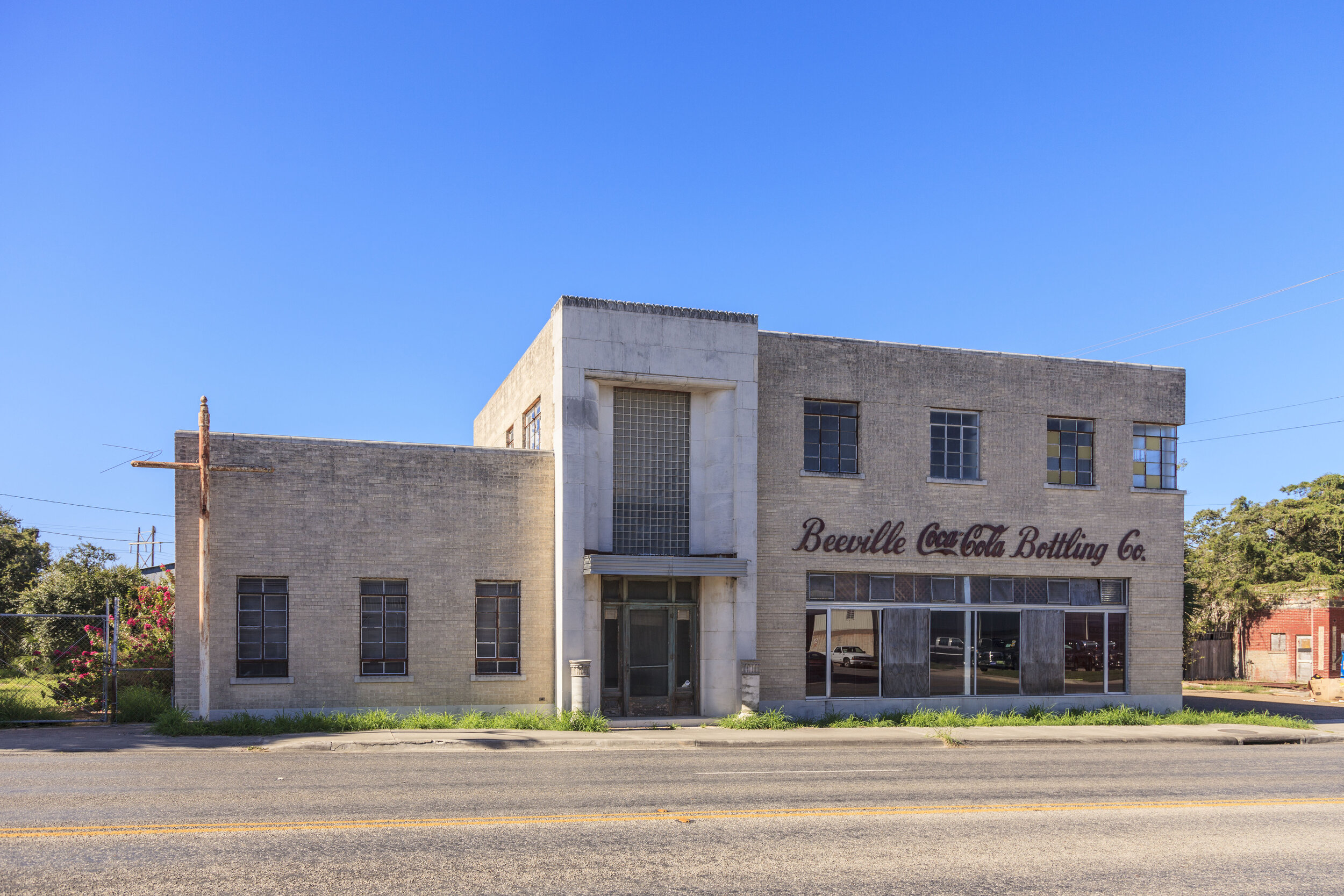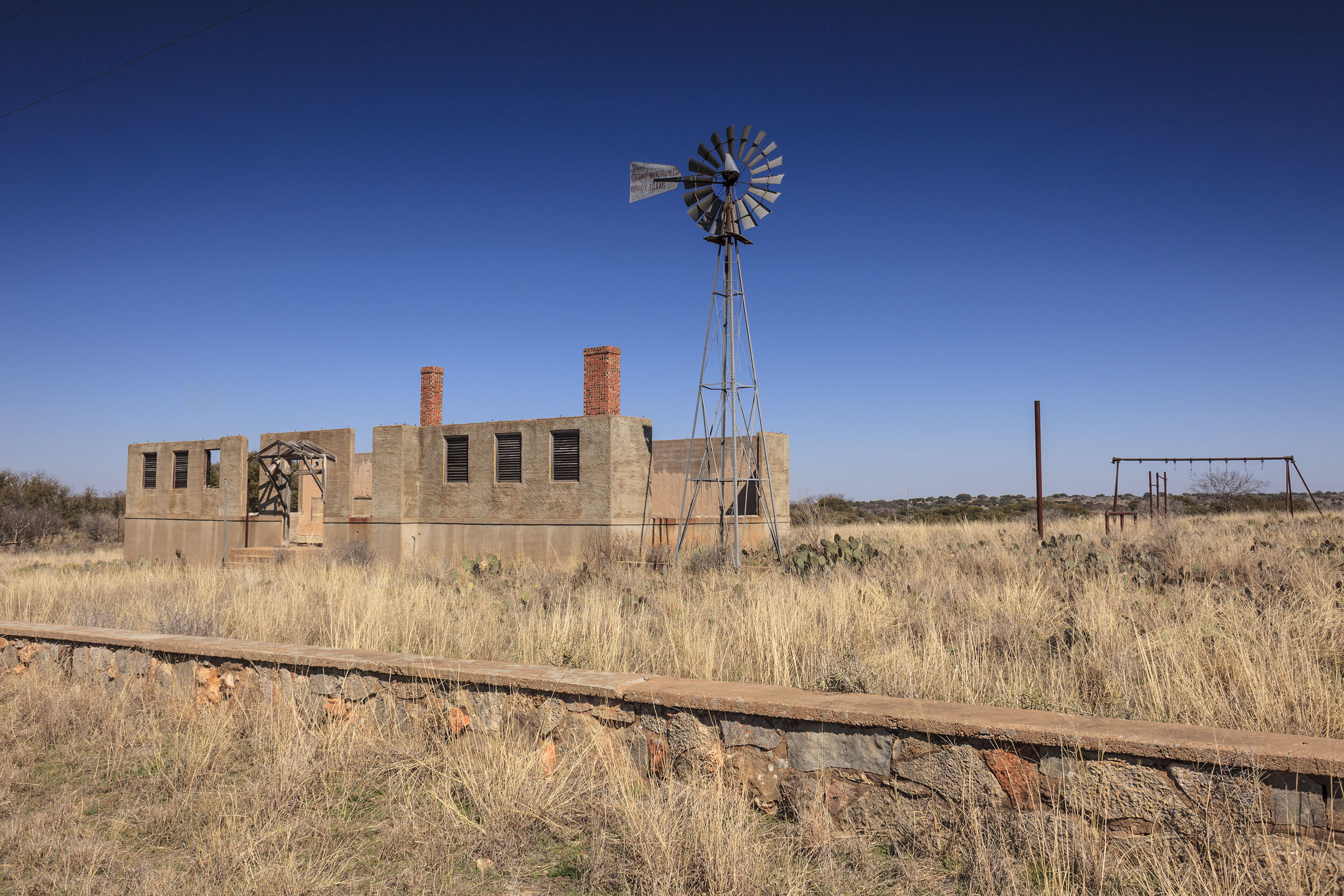Photographer Bronson Dorsey’s photographic exploration Lost, Texas captures the beauty and bygone of a singular American landscape.
Written by Jenn Thornton
There is beauty in buildings well past their prime in towns long since forgotten. That’s how Bronson Dorsey—an architectural photographer who was once an architect himself—sees it. It is a perspective that he brings to his blog-turned-book Lost, Texas (Texas A&M University Press), a compelling visual and social record garnering maximum exposure for the man behind the camera.
Dorsey has been on the road to Lost, Texas just about his entire life. The son of an engineer, he remembers being an enterprising 6-year-old and poring over the volumes of his Encyclopedia Britannica set “nearly every day.” Curious about dams and bridges, Dorsey’s run-in with photograph of Frank Lloyd Wright’s masterpiece Fallingwater changed everything. “I was entranced,” he says. “I had never seen anything like it.” Around the same time, Dorsey happened upon his first set of architectural drawings and, simply put: “There was no turning back.”
Dorsey would go on to work as an architect, moving gradually into international construction management where he found the camera a useful tool for documenting his work. Business trips abroad proved a boon for artistic freedom, too; in Morocco, Dorsey had a proper subject. He spent his free time photographing the country’s exotic sights and people, and the images convinced him to hone his skills. With the camera a constant travel companion, Dorsey says, “I shot everywhere I went.”
In Texas, “everywhere” means the far corners of the state. Drawn by the “sad beauty” of the ramshackle and rundown, Dorsey says that derelict buildings left to decay lend an appealing poignancy to his work. To the degree that it was not uncommon for Dorsey to drive 250 miles to photograph a building in order to tell its story. From the Coca-Cola bottling plant in Beeville to the remains of a gas station and an array of other architectural skeletons, these buildings comprise a kind of love letter to the lost—and found.
Just don’t ask Dorsey for a favorite location. “Oh man,” he says, “that’s like asking me which child I like best.” He does, however, single out the schoolhouse as a building that “embodied the hopes and dreams of the people who built them,” naming Julius Rosenwald, CEO of Sears, Roebuck and Company, whose Rosenwald Fund helped build schools for African-Americans throughout the rural south. “Between 1917 and 1948, the fund contributed more than $4 million to build over 5,000 schools and ancillary buildings in 15 states—including 500 in Texas. Only 39 of those are extant and three are in my book.”
Through the eyes of Dorsey, the emblems of the past in Lost, Texas have a cinematic quality that might have been set pieces for a classic John Wayne western. With Wayne the star and Dorsey to direct, the latter comes up with this scenario: “It seems natural to photograph [Wayne] sitting on a horse in front of one of the abandoned courthouses I found in West Texas. I can imagine a dust devil in the distance, tumbleweeds piled up against a fence, all under a dazzling blue sky.”





